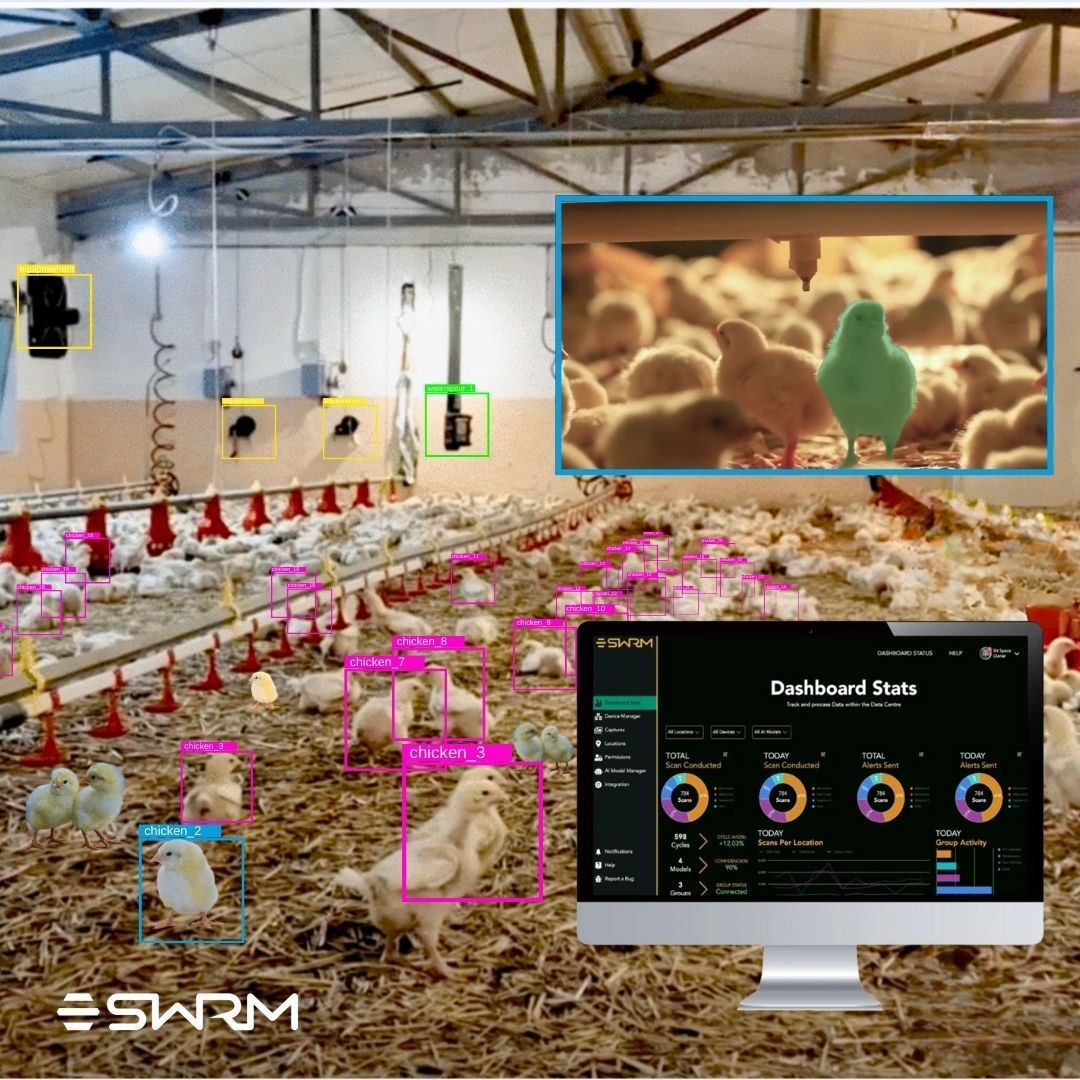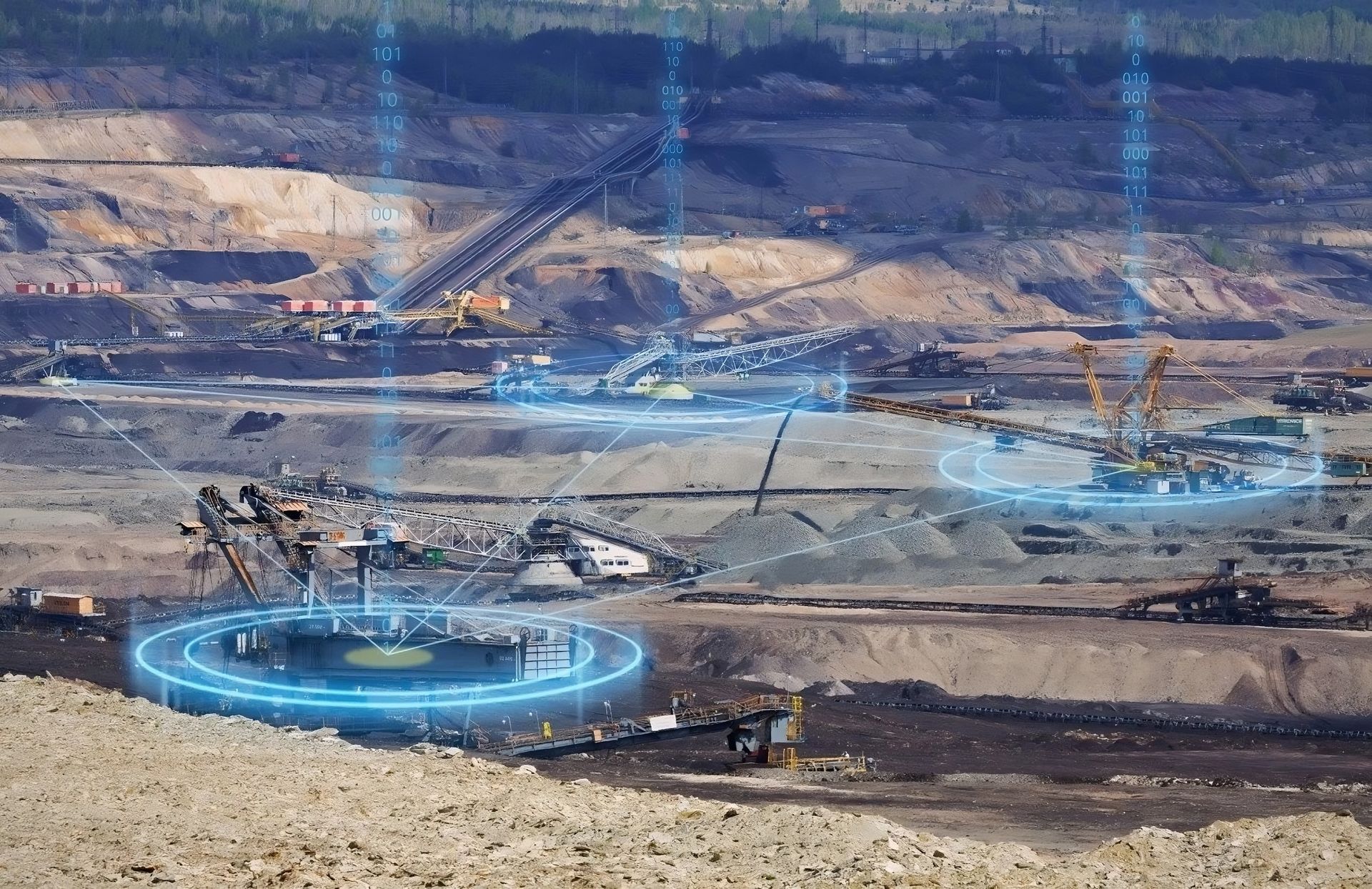Businesses are saving money with VR Training

Employee training with VR provides a virtual hands-on experience, and has been proven to be more effective than traditional in-classroom or e-learning methods. This can lead to a better class of employees with less accidents and turnover, which can save a business time and money.
The cost of VR training has also decreased, with VR training costs ranging from $30,000 to $160,000. Factors that affect the cost of VR training include the type of program used, such as 360° VR or full VR, instructional design and programming, and VR headset costs.
By reducing the cost of training and providing a more effective training experience, VR has the potential to save businesses money in the long run.
How VR Training Can Save Your Business Money:
- Minimize employee turnover
- Reduce onboarding time with new employees
- Minimize worksite accidents
- Lower costs of training with VR
- Save big with virtual tours
- Employee evaluations for dangerous scenarios

VR can minimize employee turnover
Virtual Reality has become an increasingly popular tool for businesses to reduce employee turnover. VR can be used to develop and train employees more effectively than traditional methods of training, while also providing an immersive and engaging experience.
With VR, businesses can create the best virtual reality experiences that will help their employees learn faster and retain information better. In addition, by using a virtual reality training company, businesses can save money on employee turnover costs as they are able to create bespoke experiences tailored to their needs.
Furthermore, the use of virtual reality in the workplace has numerous other benefits such as improved safety, increased productivity and enhanced customer service.

Reduced Onboarding Times of New Hires
Virtual reality has the potential to revolutionize many aspects of business, including employee onboarding.
By creating a virtual environment for new hires, companies can save time and ensure that everyone receives consistent information, regardless of the amount of resources or training personnel.
In this virtual onboarding environment, new hires can be introduced to the company's values, culture, and work processes in an engaging way which will reduce the amount of time and resources needed.
They can also receive hands-on training in a safe, controlled environment without the need for an experienced supervisor to be physically present. This not only saves time, but it also allows new hires to get a better understanding of the company and their role in a shorter amount of time.
In conclusion, VR can play a crucial role in reducing employee onboarding time. By providing a virtual environment for new hires to receive hands-on training and understand the company's values and processes, organizations can save time and ensure consistent information for all employees.

Minimize Worksite Accidents With VR
By recreating everyday events and examining employee behaviours to find behavioural patterns that can raise the likelihood of accidents, virtual reality can be utilized to prevent workplace mishaps.
Through visually, physically, and verbally involving users, immersive learning has been demonstrated to cause behavioural change, enabling firms to teach and develop a larger spectrum of workers in accordance with various learning preferences.
Workplace accidents have behavioural problems that are brought on by psychosocial variables as a significant contributing component. VR can aid in the prevention of workplace accidents by replicating these scenarios and spotting trends that can indicate a higher risk of exposure.

Lower Costs With VR Equipment Training
Virtual reality can help in reducing the operating costs of large machinery, tools, and equipment by offering advantages that cannot be achieved through traditional systems.
Virtual and augmented reality technologies can optimize complex engineering processes that were previously costly and error-prone. These immersive technologies can drive operational efficiencies and improve training.
Thus, virtual reality has the potential to replace the operating costs of large machinery and become a future key method for engineers.

Save Big With Virtual Tours
Virtual reality can be a cost-saving tool for businesses that offer worksite tours, as the technology can help to engage customers and boost business.
As stated by
VR Safety, your business can save time and money with VR as it opens up more opportunities for businesses, and allows designers to work with clients more efficiently. Virtual prototypes created in VR can also reduce company expenses, as they allow manufacturers to examine and make changes to a product without the need for building physical models, which requires both time and money.
By creating a 360-degree virtual site tour, you can capture and augment reality using 360-degree photo virtual site tours. This technology allows owners, general contractors, and facilities managers to walk through their construction site remotely and provides complete documentation.
Overall, using virtual reality for virtual tours can provide increased safety, cost reduction, as well as speed up construction processes.

Employee Evaluations for Dangerous Scenarios
Virtual reality can be used to perform employee evaluations in various ways. According to Harvard Business Review, VR can be used to conduct training simulations that help employees practice and develop important skills such as leadership development and conflict resolution. This can be done through an avatar-based interaction where employees can practice these skills in a virtual environment.
Moreover, goal-based evaluations in VR can help boost employee performance. This could involve setting specific goals for an employee to learn a new skill or program and then evaluating their progress. With clear feedback and time-efficient processes, this type of evaluation can benefit both the employee and the company.
Click to share this article
Transform your business with immersive technologies
Schedule a consultation to see how BSD can help your organization unlock new avenues of engagement.
CONTACT US
Global Headquarters
1555 Dublin Avenue, R3E 3M8
Winnipeg, MB, Canada
PUBLIC RELATIONS
DIVISIONS
GENERAL
IN THE SPIRIT OF RECONCILIATION
We would like to acknowledge that the land on which we gather is Treaty One Territory, the home and traditional lands of the Anishinaabe (Ojibwe), Ininew (Cree), and Dakota peoples, and in the National Homeland of the Red River Métis. Our drinking water comes from Shoal Lake 40 First Nation.
Join 10,000+ people who get XR tips, insights, and company updates monthly.
Contact Us
We will get back to you as soon as possible.
Please try again later.
Privacy Policy Accessibility Sitemap Support
Bit Space Development Ltd.





